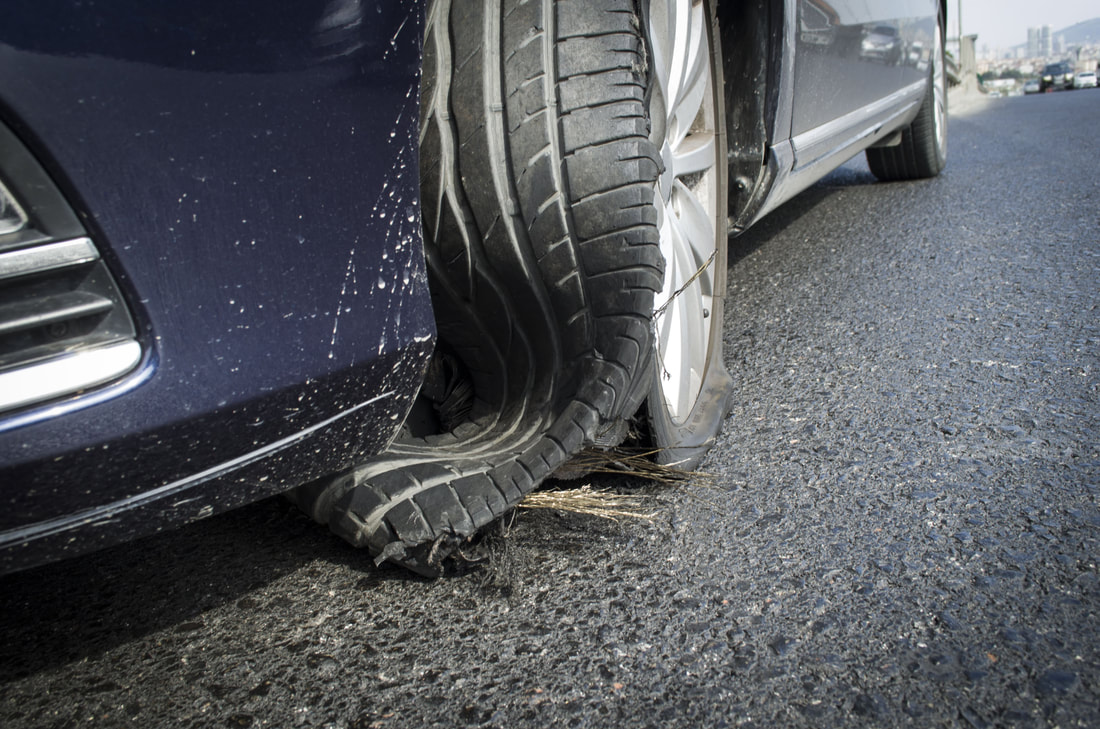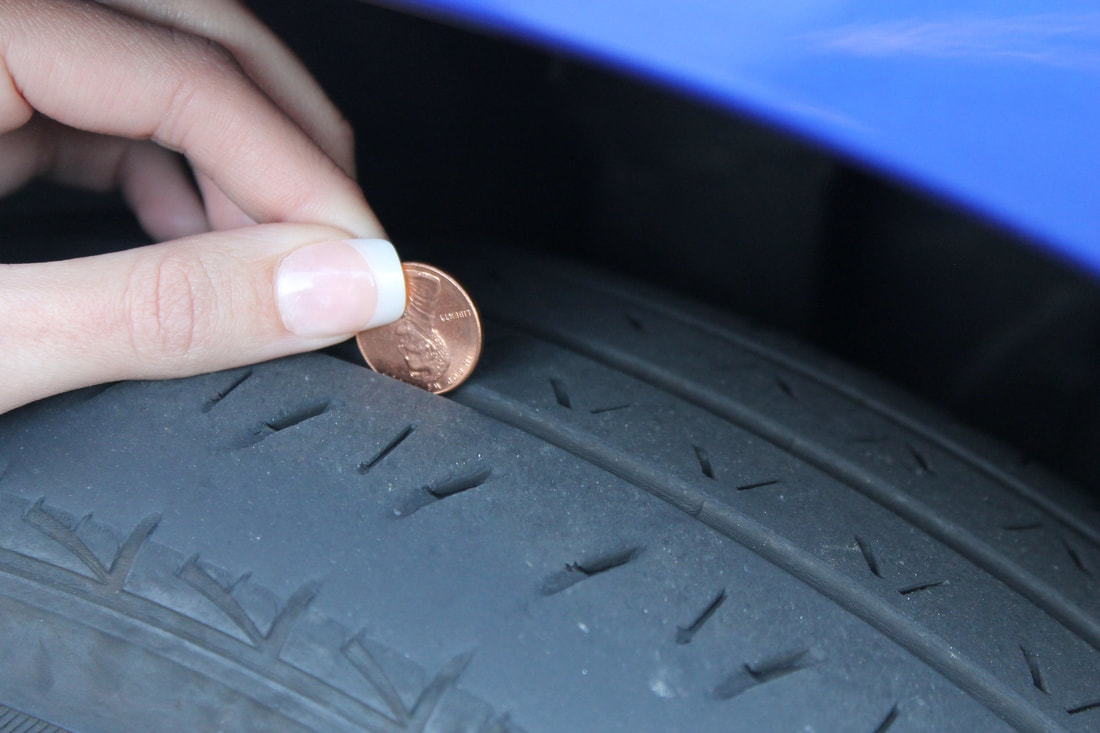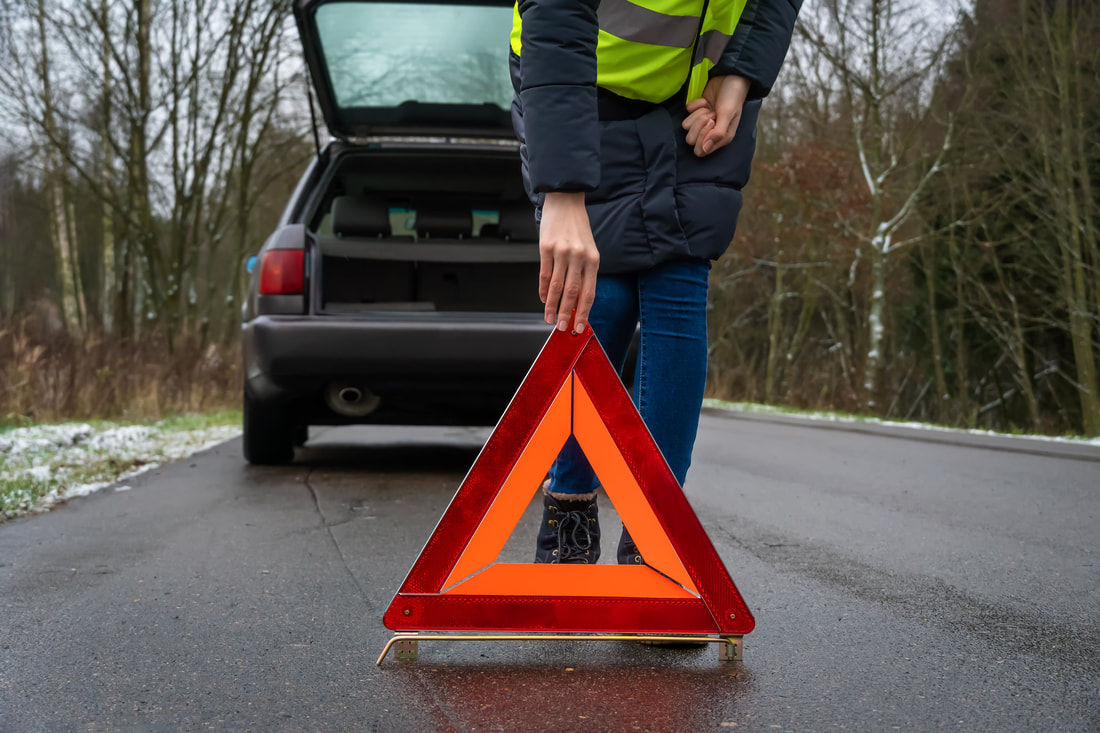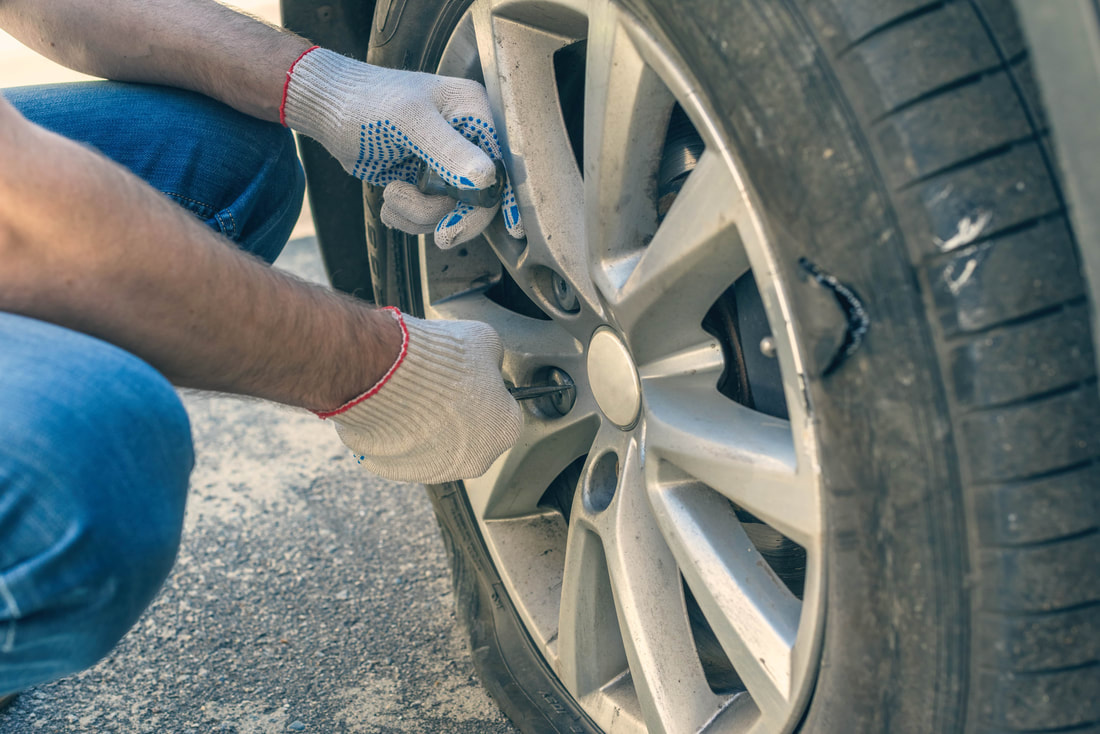Roadside Assistance Flat Tire ServiceWaco Towing Flat Tire roadside service
A flat tire is one of the most common reasons for calling a towing service with roadside assistance. We all hope we never get a flat tire especially at night, or when it's raining or very hot or very cold outside. We pray that we can avoid a flat tire by not letting our tires get too old or worn. But the odds catch up with us and that dreaded flat tire comes on the day when we need to be somewhere on time. Data shows that there are about 220 million flat tires every year in the United States alone. That is about 7 flat tires every second. When that dreaded flat tire finally catches up with you, Waco towing roadside service will be standing by to fix or change your flat tire. It's not a good idea to try and change a flat tire by yourself if you are by the side of a busy road. Changing a flat tire on a busy road is dangerous. It is especially dangerous at night or if its raining and the ground under your vehicle-jack, and vehicle tires is soft and unstable. Call us for Flat Tire service: Click to Call: 254-875-5254 When you are trying to change a flat tire on a busy road you are at risk of getting hit by another vehicle. If you have no choice and you absolutely must change the flat tire yourself, then you must use the proper safety equipment and signaling devices so that you and your vehicle are visible to other drivers. Again, and we can't emphasize this enough, you especially need reflective safety vests and and road hazard signs at night and when it is raining weather. If you are in the middle of nowhere and cannot get a roadside service to help you, and you must change the flat tire yourself, the follow the steps and advice provided here to help you stay safer while changing a flat tire. There are things you can do to reduce the risk of getting a flat tire. Reduce the risk of getting a Flat Tire If you want to reduce the risk of getting a flat tire it is important to have your tires Inspected regularly. You can visually inspect the tires yourself and also have them looked at whenever you have your vehicle serviced for an oil change and when you have your tires rotated. When your tire look worn don’t push your luck. Have your tires checked with a tread gage or buy new tires. If you inspect your tires on a regular basis, you will see when the tread depth looks too low and you might spot a nail or screw stuck in your tire. You can check the tire tread depth using a gage or a copper penny. If you don't have a real tire tread gage place a penny head down in the tread. If you can see the top of Lincolns head, then you probably need new tires because the tread depth is too low. Driving on very worn or bald tires increases your risk of getting a flat tire. A flat tire at highway speeds is particularly dangerous. And when there is very little tread on your tires you are at much greater risk of getting into an accident on dry or wet roads because tire will not grip on the road adequately. Driving on worn tires in the raining or snow is especially dangerous. What type safety kit should you carry when you get a flat tire Before you get a flat tire you should buy some items to create a road emergency safety kit. Keep the safety kit in the trunk of your vehicle or somewhere in your vehicle. The kit should have everything you need to handle changing a flat tire on the road. The road safety kit should include a flashlight with extra batteries. an orange or yellow dayglow reflective vest, orange reflective triangle road hazard signs. Make sure you have a tire lug nut wrench with a long handle for better leverage. The longer the handle the easier it will be to loosen tight lug nuts. Check your spare tire to make sure that your spare tire is inflated and in good condition. Even spare tires have a shelf life. A spare tire is typically good for 7 to 10 years. When as a tire ages the rubber dries out and the tire will crack and leak when the weight of the vehicle is placed on it. If your have vehicle is seven or more years old, and you have never replaced your spare tire, then you probably need a new spare tire. Take inventory and be sure you have all the tools needed to change a flat tire. The following tools are the minimum tool you should have. You must have a lug nut wrench, a vehicle jack, and blocks or wedges to put under your tires to prevent your vehicle from rolling. If your vehicle is stopped on an incline or hill your vehicle could roll off the jack while you are trying to get the flat tire wheel off. The vehicle jack must be place properly under the vehicle in the exact spot specified in the owner manual or the vehicle could fall off the jack while you are working on trying to get the tire off or trying to put the new tire and wheel on. Practice changing a tire at home in your driveway if it is fairly level or in the street in front of your house before trying to change a flat tire on the road. Your first attempt to Change a flat tire should not be on the highway or even worse at night and in the rain. In many countries around the world demonstrating that you know how to change a flat tire is part of the road test in order to get a drivers license. Basic preventive maintenance can help you avoid a flat tire. Check the tire pressure often and make sure the tires inflation pressure is equal on all for tires and at the tire pressure specified in your vehicle owners manual. Check your tires damage to your wheel rims. Hitting a lot of potholes can bend your wheels out of shape. It only takes a very tiny deformation in your wheel rim lip where the edge of the tire creates an air-tight seal around the wheel to cause a slow leak. Driving in under inflated tires will make your tires wear unevenly and wear out faster. Look for cracks and punctures from nails and screws on your tires. Any damage you find should be fixed immediately by an auto tire shop. Some more preventative measures to avoid getting a flat tire Front tires wear down sooner than the back tires because the front tires are used for steering and the weight of the engine on the front tires. The front tires also take more of the load when braking . This is because when coming to a stop the weight of the vehicle on the front tires is amplified by the vehicles forward momentum or inertia. Front tires wear out faster than rear tire on front-wheel drive vehicles because on a front wheel drive car the front wheels are the ones that transfer the power or torque to the pavement grinding away at the rubber on the front tires. The tires rotated every 6-months or 6,000 to 8,000 miles whichever comes first. Rotating the tires will make them last longer and your improve your safety on the road. Read your owner’s manual for the recommended tire rotation intervals for your vehicle. Print this Step-by-Step guide about how to handle a flat tire? The best way to deal with a flat tire is to call Waco towing for roadside assistance. But when you get a blow-out or flat tire and must do it yourself here are some steps that you should follow. One sign you may have a flat tire is that you will hear noises and feel vibrations coming through your steering wheel. Your steering will be difficult and will not feel right. These tell tale signs mean you probably have a flat tire. Driving on a flat tire is dangerous. It is not safe for you and for other drivers because you could cause an accident. If you drive on the flat tire too long the tire could come off the wheel and cause much more expensive damage. As soon as you think your vehicle has a flat tire, you should turn on your emergency hazard flashing lights. Apply the brakes gently to Slow down but don’t slam on the brakes because that could cause your vehicle to skid and spin. Move over off the road out of the way of traffic as soon as possible. Then come to a stop in a safe place. Follow these steps for changing a flat tire:
Call Waco Towing for help at 254-875-5254 |
Change Flat Tire |




